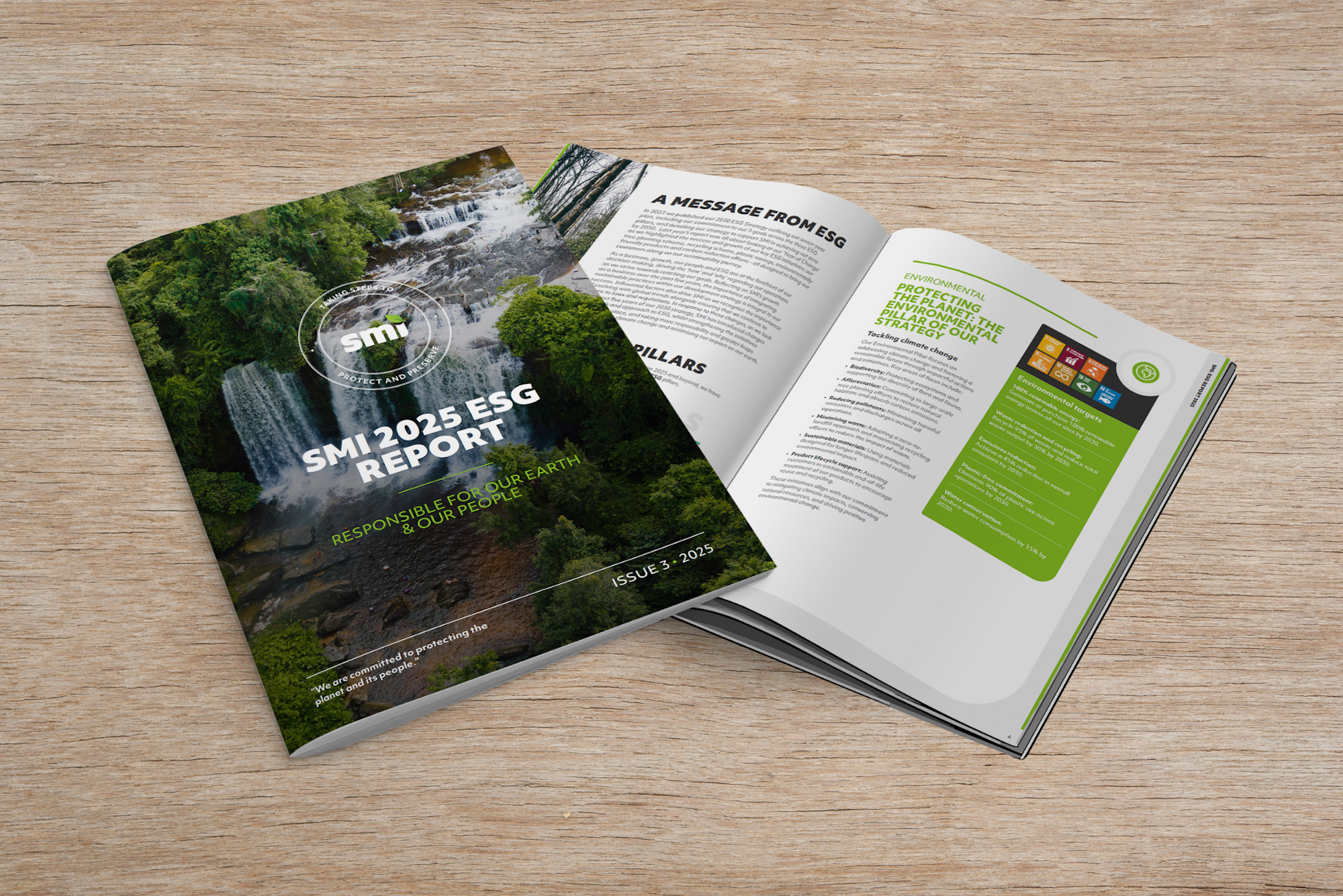
Insight
SMI's Christmas and New Year Operational Hours
Find SMI’s Christmas and New Year 2025–26 opening hours.
View head office closure dates, warehouse availability, and how to contact us during the holiday period.
7 minute read

When temperatures drop, the risks go up.
Do more than just hand out fleece jackets this winter - the wrong cold weather PPE can put your team at risk.
To keep them safe, warm, and focused, opt for compliant and fit-for-purpose workwear.
It’s the law: employers must protect workers who are exposed to cold, wet, or freezing conditions.
But, with so many PPE options and standards, where do you start?
Don’t worry, this guide covers:
Plus:
Your team, compliance, and productivity are at serious risk without the right winter appropriate gear.
Here’s why:
Lack of appropriate clothing can lead to:
Plus, it can cause:
Anyone working in cold, wet, or freezing conditions needs the proper cold weather attire.
Think cold storage workers and teams working in windy, wet, or winter conditions.
This includes roles in:
The Personal Protective Equipment at Work Regulations 1992 (PPER) are clear.
Employers must provide suitable cold weather PPE for anyone working in cold or freezing environments (indoors or outdoors) for long periods.
This includes:
Employers must also:

When temperatures drop below -5°C, the wrong clothing can put your team at risk.
EN 342:2017 is the international standard for PPE designed to protect workers in cold conditions. Choosing compliant, tested gear is essential for safety, comfort, and legal compliance.
Look for workwear marked with EN 342:2017 ratings like 0.310, 2, 1, which show how well the clothing protects against cold, wind, and water.
Clothing certified under EN 342:2017 is tested for:
These tests make sure your team stays warm, dry, and protected in harsh conditions.
|
TEST |
WHAT IT MEASURES |
RATING SCALE |
|
Thermal insulation |
Heat retention of the clothing |
Decimal value, e.g., 0.310 - higher means warmer |
|
Air permeability |
Resistance to air passing through the fabric |
Class 1 to 3 - with 3 offering the best windproofing |
|
Water resistance |
Protection against water penetration |
Class 0 or 1 - with 1 meaning water resistant |
EXAMPLE: A jacket rated EN 342:2017 0.310, 2, 1 provides good insulation, solid wind protection, and water resistance.
Explore our full range of EN 342:2017 certified jackets and bodywarmers to find the right PPE for your team.
Call us on 0330 441 3500 or drop us a message.

Cold hands aren’t just uncomfortable - they slow your team down and increase risk.
EN 511:2006 is the European safety standard for gloves that protect against extreme cold.
Gloves certified to EN 511:2006 are tested to protect against:
Standard gloves aren’t designed for freezing conditions.
EN 511:2006 rated gloves are tested to keep hands warm, dry, and flexible - even when handling cold surfaces or working in icy air.
Look for markings like EN 511:2006 2, 3, 1 to know the gloves meet the right protection levels.
|
TEST |
WHAT IT MEASURES |
RATING SCALE |
|
Convective cold resistance |
Protects against cold air circulation |
0-4, with 4 giving the best protection |
|
Contact cold resistance |
Protects against cold surfaces |
0-4, with 4 giving the best protection |
|
Water penetration |
Resistance to water for 30 minutes |
0 or 1, with 1 meaning water resistant |
TOP TIP: Choose gloves with higher EN 511:2006 ratings if there’s a risk of frostbite or long-term exposure to freezing conditions.
Explore our full range of EN 511:2006 rated thermal gloves to keep your workforce protected.

Cold feet are unsafe feet. Safety footwear needs to do more than protect against impact - they must also keep feet warm, dry, and stable in freezing conditions.
That’s where ISO 20345:2022+A1:2024 comes in.
It’s the international standard for safety boots that combine cold weather protection with the core features of compliant footwear.
What to look for:
|
MARKING |
MEANING |
|
CI |
Boots keep feet at 10°C or warmer after 30 minutes in -17 °C conditions |
|
WR |
Water-resistant |
|
S3 |
Water-resistant with anti-penetration sole |
|
SRC |
Slip-resistant on ceramic and steel surfaces |
DID YOU KNOW? SMI stocks a full range of ISO 20345:2022+A1:2024 cold weather boots.
Explore the full range here, or check out our complete guide to EN ISO 20345 for a deeper breakdown.
The right cold weather PPE depends on:
Choose full-body, EN-rated protection, including:
Your team needs more than just jackets and boots to stay warm and focused in the cold.
Think layers and add:
TOP TIP: Always choose accessories that meet EN standards. It’s the only way to be sure they’ll perform in extreme conditions.
Want more detail? Read our blog on cold weather challenges to help plan your PPE needs.
At SMI, we make choosing the right winter PPE simple.
Here’s what you can count on:
We’re here to protect your teams, whatever the temperature.
Browse our coldstore workwear or explore the full range to find the right gear for your team.
Call us on 0330 441 3500 - we’re happy to help!
Go for layered, insulated, breathable, and EN 342-certified clothing that’s fit for the job and environment.
If you or your team work in cold conditions for long periods, you need EN-rated:
Opt for loose layers that trap warm air and insulate for the best temperature control.
But avoid anything that restricts movement or puts teams at risk.

Insight
Find SMI’s Christmas and New Year 2025–26 opening hours.
View head office closure dates, warehouse availability, and how to contact us during the holiday period.

Insight
Download SMI’s FREE risk assessment template to identify hazards and ensure workplace safety. Includes an example for office environments and guidance for various tasks.

Insight
Our 2025 ESG Report is live! Working with a sustainable supplier like us goes beyond good intentions, it’s about real benefits for your business.